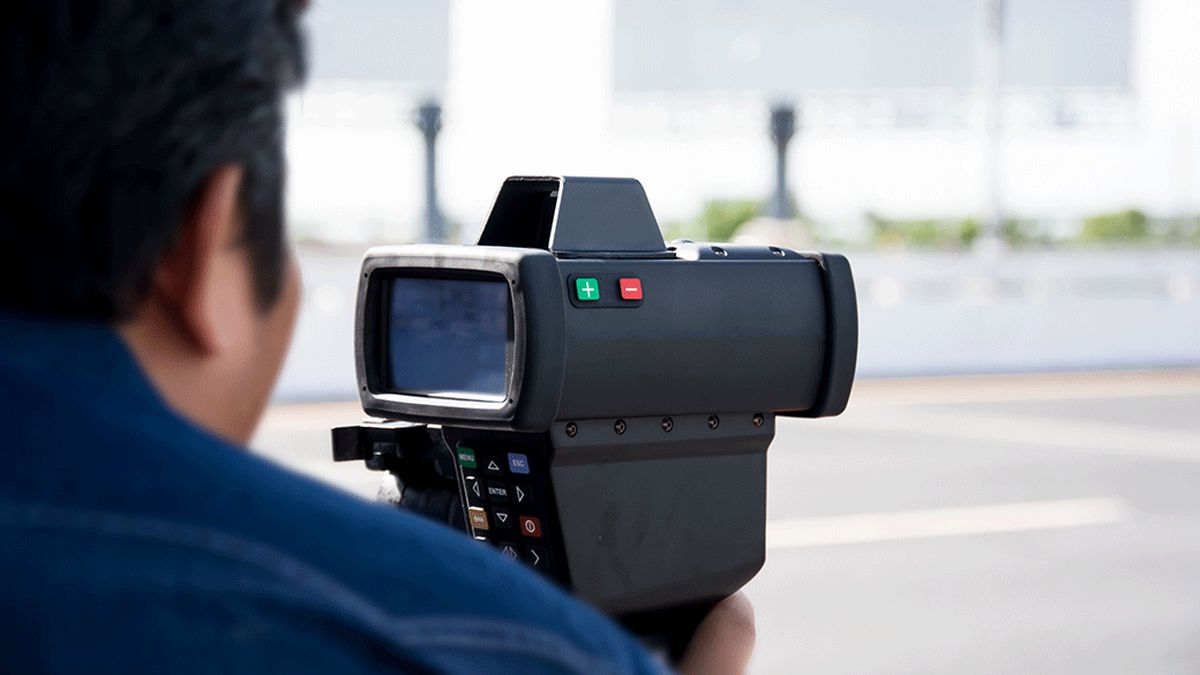Ensuring the safety of retail employees is more important than ever in today’s dynamic and sometimes unpredictable environment. Retail shops face a variety of challenges, from theft and vandalism to emergencies that require immediate attention. With many employees working solo shifts or in remote store locations, it’s critical for business owners to implement effective safety solutions. These solutions not only protect the physical space but also foster a sense of security among staff, ultimately leading to better customer service and a more positive work environment.
From surveillance systems that keep a watchful eye on every corner to lone-worker solutions that prioritize the well-being of isolated staff members, a comprehensive approach to safety is key. Technologies like real-time monitoring, panic alerts, and access control systems have evolved, providing retail shops with tools to address modern safety concerns. This article explores various safety solutions available for retail businesses, including specific strategies for supporting lone workers, ensuring that every aspect of employee protection is covered.
1. Surveillance Systems: Eyes on Every Corner
One of the most fundamental safety measures for retail shops is the use of surveillance systems. Modern cameras offer high-resolution video, night vision, and even facial recognition, making it easier to monitor store activities round the clock. This not only deters theft but also provides evidence if any incident occurs. Investing in cloud-based systems ensures footage is secure and easily accessible, giving shop owners peace of mind.
2. Access Control Systems: Managing Entry and Exit
Access control systems go beyond traditional locks and keys by offering digital solutions like key cards and biometric readers. These systems restrict entry to authorized personnel only, helping prevent unauthorized access to sensitive areas like stock rooms. Additionally, access control systems can provide data on employee movements, which can be valuable for internal audits or in case of any discrepancies.
3. Alarm Systems: Immediate Response to Emergencies
Alarm systems, especially those integrated with professional monitoring services, provide instant alerts in case of break-ins or emergencies. These systems can be tailored to include fire alarms, panic buttons, and sensors for detecting glass breakage or motion. With real-time notifications, authorities can be alerted quickly, minimizing potential damage or losses.
4. Lone-Worker Solutions: Ensuring Safety During Solo Shifts
Lone-worker safety is a crucial concern in retail, particularly when employees work alone during late shifts or in remote store locations. Providing robust support for these workers not only protects their well-being but also boosts their morale and productivity.
Lone-worker solutions can include wearable devices that feature panic buttons, automatic fall detection, and GPS tracking. In the event of an emergency, these devices can send immediate alerts to a central monitoring system or a designated contact, ensuring help is dispatched quickly. Digital check-in systems, where lone workers can report their status at regular intervals, can further enhance safety measures. For example, because of the vast terrain, lone worker solutions in Canada have become increasingly popular. These tools enable employers to provide comprehensive support and rapid response capabilities, ensuring that retail workers are protected even in isolated situations.
5. Employee Training: Building a Culture of Awareness
Technology alone isn’t enough to ensure a safe environment—staff awareness and training are equally critical. Regular training sessions on how to handle shoplifting, respond to suspicious behavior, and use emergency equipment can make a significant difference. Employees should also be educated on the proper use of safety devices and protocols for working alone, helping them feel more secure in their roles.
6. Digital Inventory Management: Preventing Internal Theft
Internal theft can be a hidden issue in retail shops, affecting profitability over time. Digital inventory management systems help track stock in real time, reducing discrepancies and alerting management to any unusual activity. Integrating these systems with security cameras can provide additional oversight, enabling quick identification of potential internal theft issues.
7. Security Personnel: A Visible Deterrent
In larger retail spaces or those located in high-risk areas, hiring trained security personnel can be a valuable addition. The visible presence of security guards acts as a deterrent to would-be shoplifters and can help manage incidents more effectively. These professionals can also monitor surveillance systems in real-time, ensuring a prompt response to any developing situations.
Conclusion: Investing in a Secure Future for Retail
In an ever-changing retail landscape, prioritizing safety is essential for both protecting employees and maintaining a positive customer experience. By investing in a range of safety solutions—from advanced surveillance systems to tailored lone-worker solutions—retail businesses can effectively address the unique risks they face. These measures not only deter theft and ensure a swift response to emergencies but also create a safer, more supportive work environment for staff, allowing them to focus on providing exceptional service.
Ultimately, the key to a secure retail environment lies in balancing technology and human support. As innovations in safety solutions continue to evolve, businesses that stay ahead of the curve can better protect their assets and people, fostering a reputation for safety and trustworthiness. By taking proactive steps to enhance safety, retail shops can ensure a secure and thriving future, where both employees and customers feel confident and valued.


